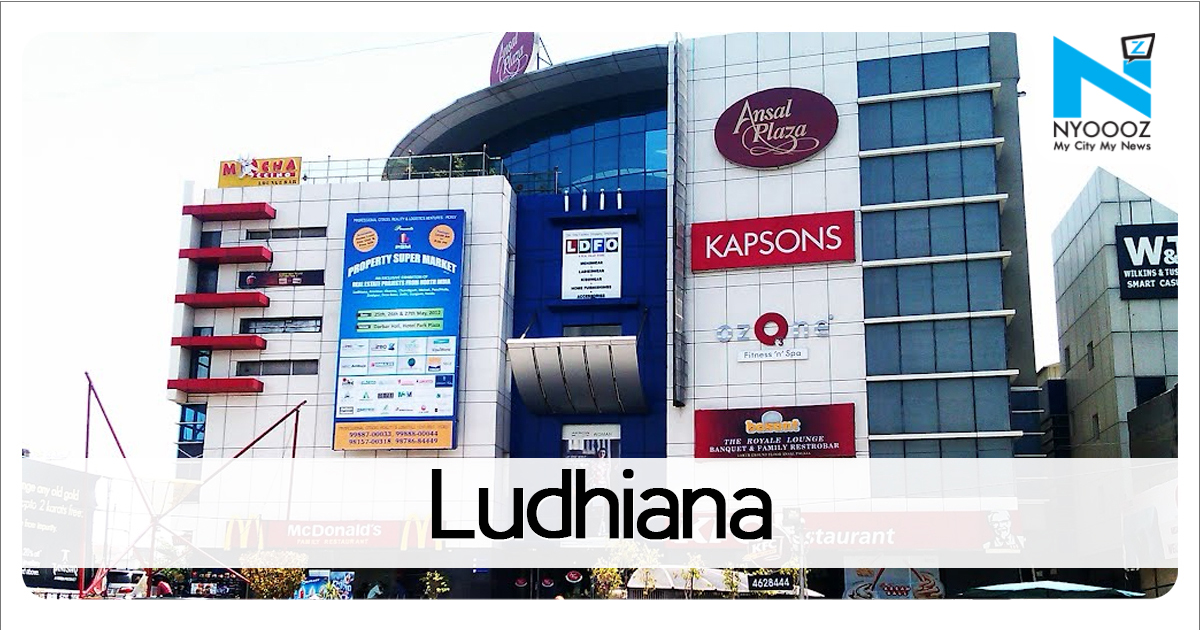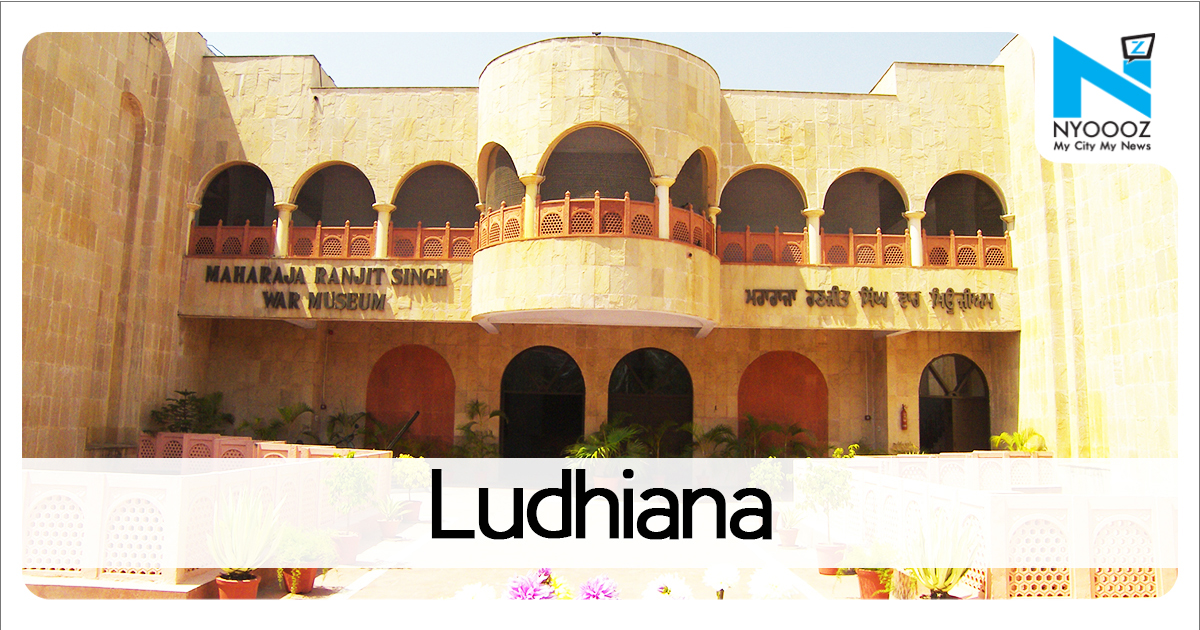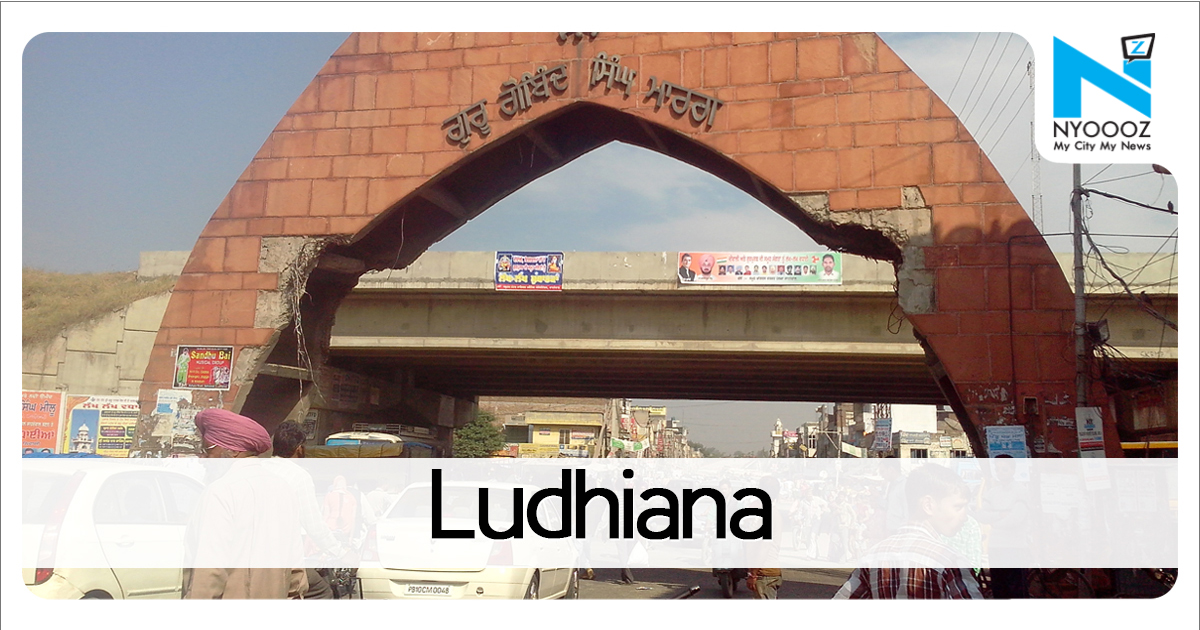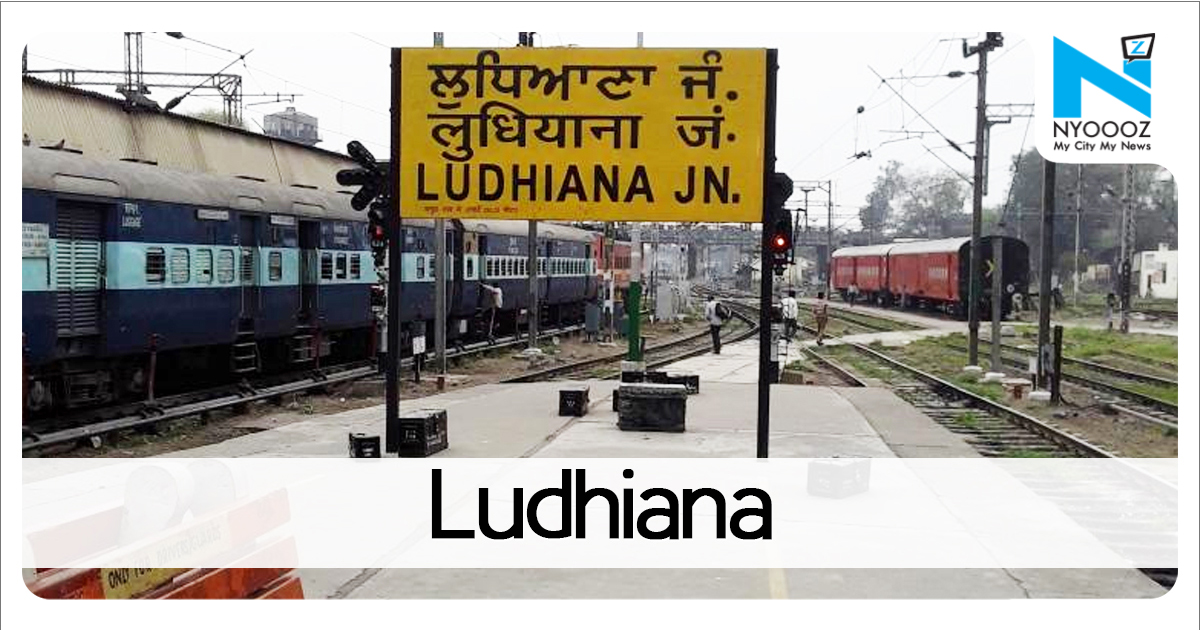Wind velocity and cracker ban led to greener Diwali in Punjab
- | Friday | 9th November, 2018

However, this year the wind velocity remained normal which helped in dispersing pollution post-Diwali.Chairman of the Punjab Pollution Control Board Satwinder Marwaha said this year the pollution levels remained low due to the Supreme Court ban on bursting crackers. He also added that the number of instances of farm fires recorded were fewer compared to last year due to which the ambient air quality across Punjab was better compared to 2017. In Amritsar, the PM10 was 346 micrograms/m3 and PM 2.5 level was at 346 micrograms/m3. In Ludhiana, the PM10 was 412 and PM 2.5 was 433. At Mandi Gobindgarh, PM 10 was 278 and PM 2.5 was 336.The ambient air quality index in Amritsar, Mandi Gobindgarh and Ludhiana was recorded at 287, Ludhiana at 379, and Amritsar (Golden Temple) at 318 micrograms/m3 after Diwali in 2017.However, this year the ambient air quality in Amritsar was recorded at 162 on the eve of Diwali and 226 the next morning.

If You Like This Story, Support NYOOOZ
Your support to NYOOOZ will help us to continue create and publish news for and from smaller cities, which also need equal voice as much as citizens living in bigger cities have through mainstream media organizations.
Stay updated with all the Latest Ludhiana headlines here. For more exclusive & live news updates from all around India, stay connected with NYOOOZ.










